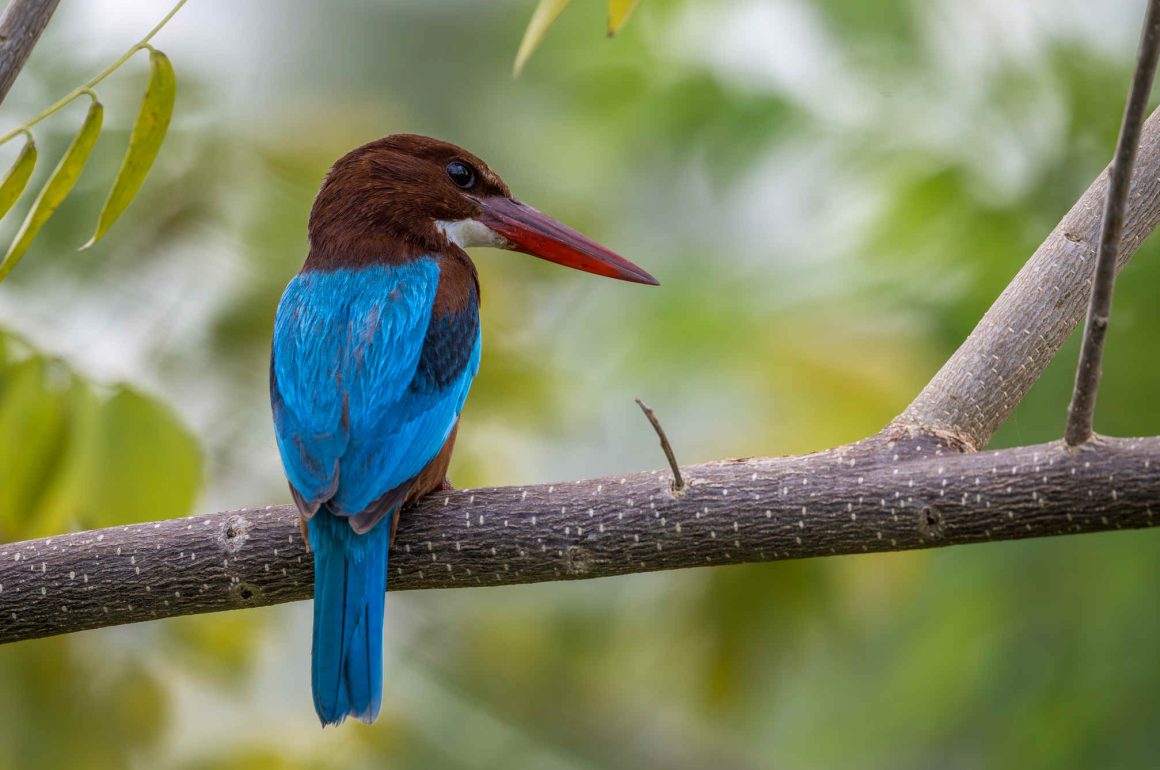
When I met a White-throated Kingfisher in Sri Lanka, it asked me about its scientific name, Halcyon smyrnensis. I understood the background of the question quite well – the name implies that the species is associated with Smyrna, a city in Turkey that is nowadays known as Izmir, while the main distribution of the species is in India and Southeast Asia (the bird told me it had definitely never been to Turkey).
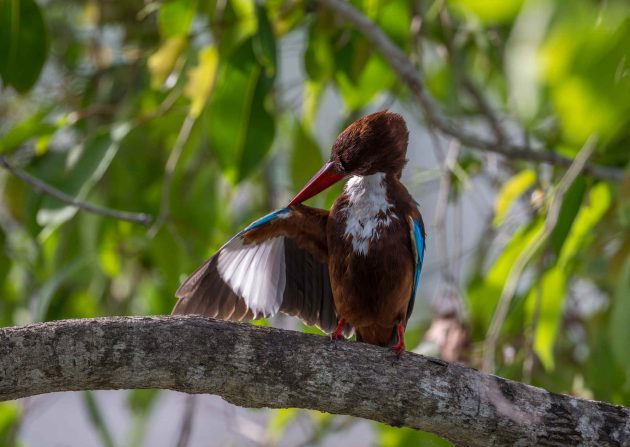
I explained to the somewhat befuddled bird that it had been named by Carl Linnaeus in 1758, most likely based on a specimen coming from Smyrna, though it may have originated from somewhere else and just passed through Smyrna as a major trading hub.
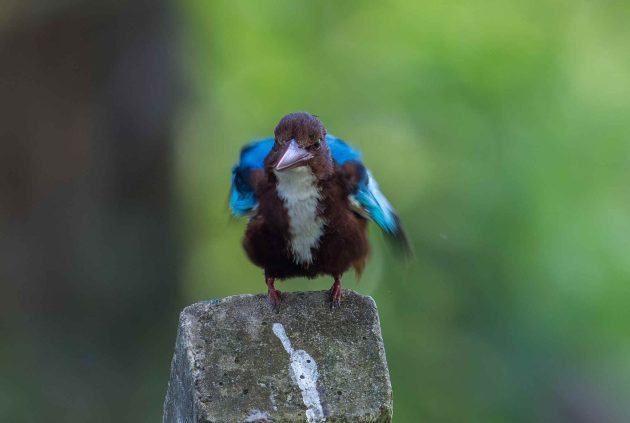
The bird was a bit disgusted to hear that somebody had written a paper comparing the tongue of the White-throated Kingfisher with that of the Common Buzzard. And we both could not understand the sentence “In particular, the dorsal surface at junction between the lingual body and root of H.smyrnensis was covered by pseudostratified ciliated columnar epithelium.”
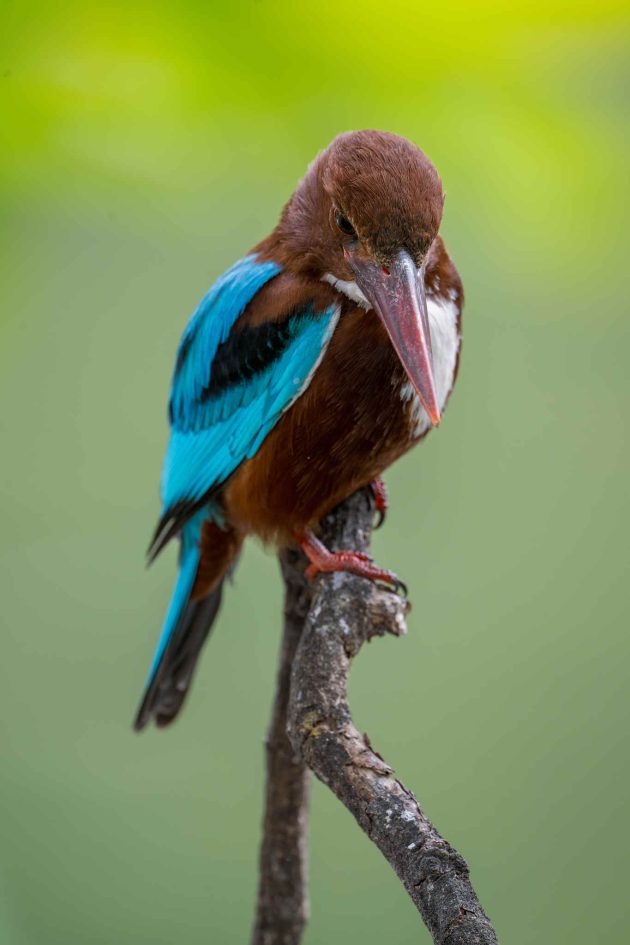
I also asked the bird how it spends its days (avoiding using the term “time budget”, as I did not want to come over as the management consultant that I am). The answer from the bird was straightforward – 33% of a typical day is spent flying, another 33% resting, 21% hunting, and 8% preening (source). Even though I felt the time spent resting was a bit high, I did not mention this to the bird, as I did not want it to feel awkward or being judged.
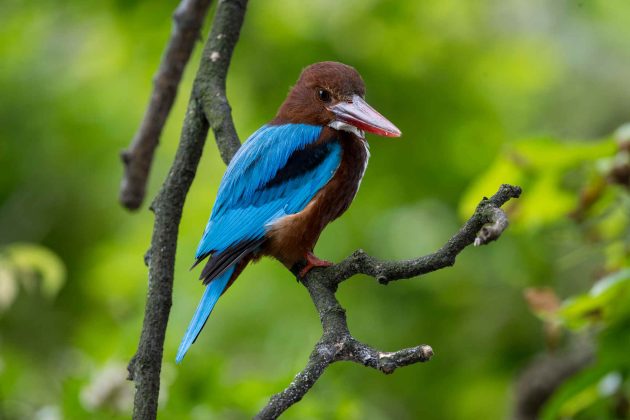
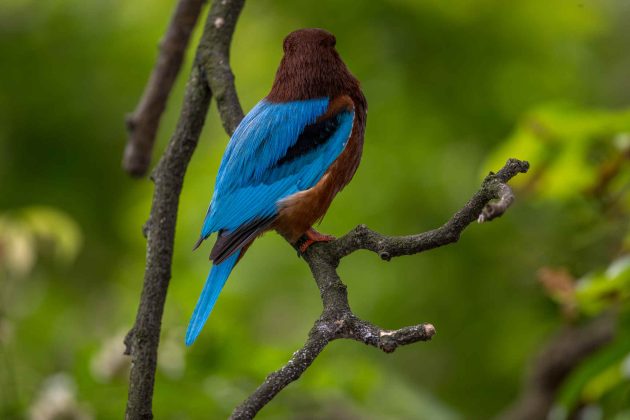
Instead, we both made fun of some of the slightly anally retentive research resulting in abstracts such as “The horizontal diameter of the outer opening of the hole of White-throated Kingfisher was almost double (6.5 to 14 cm, median 9.5 cm, n = 10) than Common Kingfisher (3.8 to 5 cm, median 4.25 cm, n = 8), whereas the vertical diameter was almost same (Common: 7.7 to 10 cm, median 4.25 cm, n = 8; and White-throated: 7.5 to 12 cm, median 10.5 cm, n = 10). The average horizontal and vertical diameters of ovalshaped egg chamber of Common Kingfisher were, 11 to 15 cm, respectively (median 12.7 cm, n = 8) and 11 to 13 cm (median 11.6 cm, n = 8) and White-throated Kingfisher 11 to 21 cm (median 17 cm, n = 10) and 10 to 16 cm (median 12 cm, n = 10).”
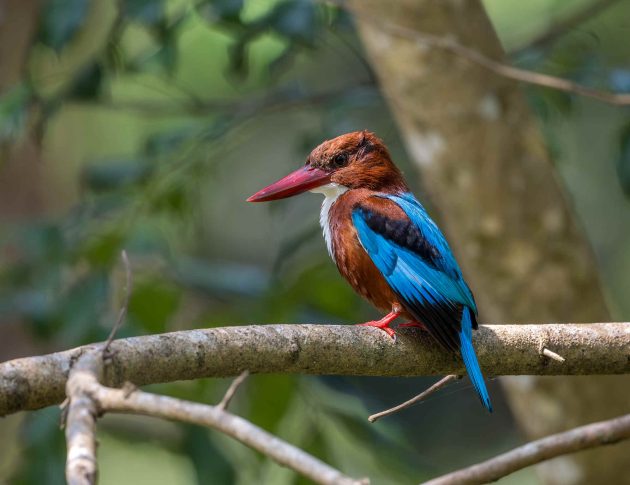
We continued laughing about the bombast in another abstract on the species in Israel: “Taken together, specifically with this species being non-passerine, the unique ecology of this western population and the various traits which show sexual dimorphism define this resident species as a unique abundant model species for examining various ecological and evolutionary processes.”
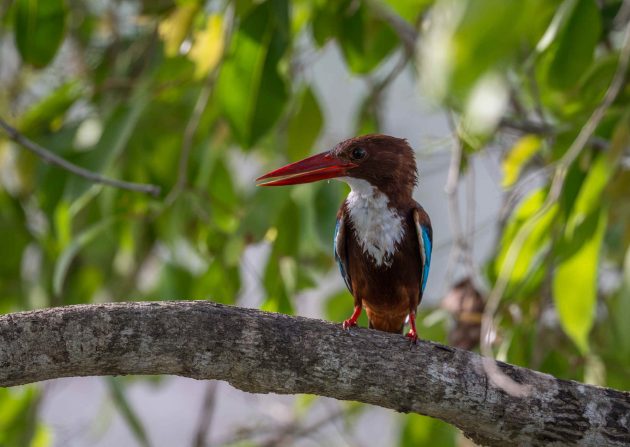
We got a bit more sombre learning about White-throated Kingfishers suffering from heavy metal pollution – for some reason, the white-throated ones are particularly affected (source).
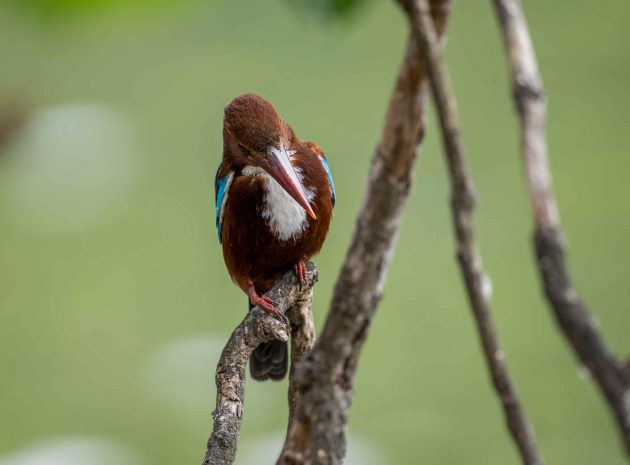
Our mood improved again when we looked at a study surveying kingfishers at a location beloved by academic researchers – a university campus. The bird laughed out loud at the well-meaning final sentence of the paper, stated in impressively bad English: “So we have to attentive for conserving kingfisher species.”
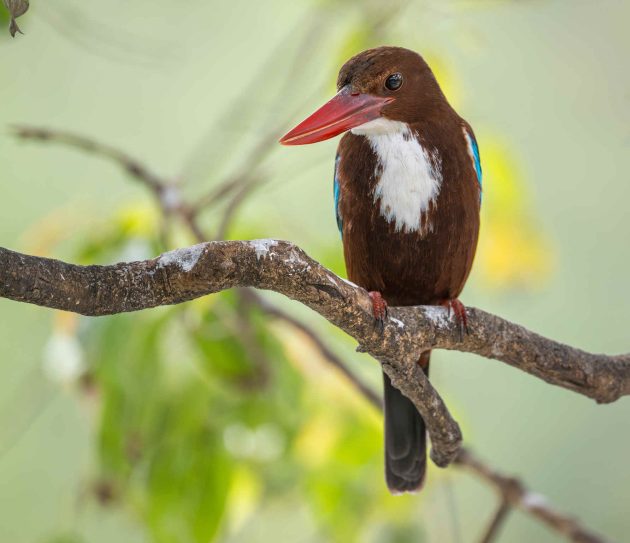
Separately, a bird I met in Tissamaharama, Sri Lanka, accepted much bigger food items than the small fish (2 to 12 cm in size) that are described as the favorite food of the species in Bangladesh (source) – even though it took this bird a long time to whack this crustacean into an edible shape and size.
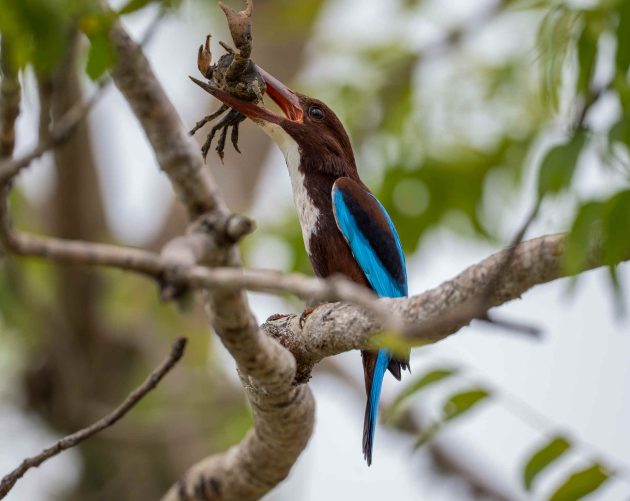
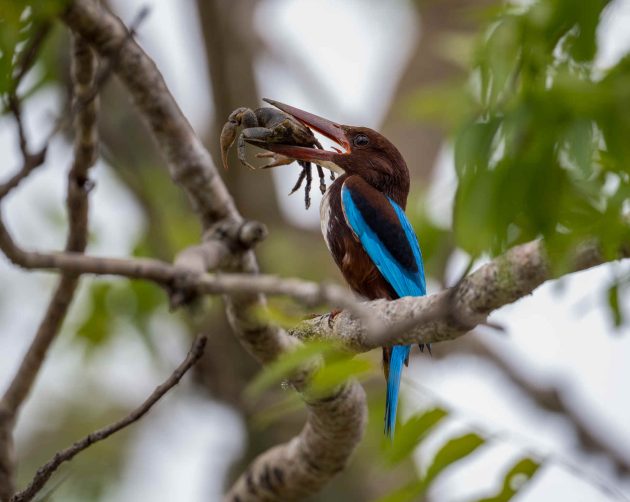
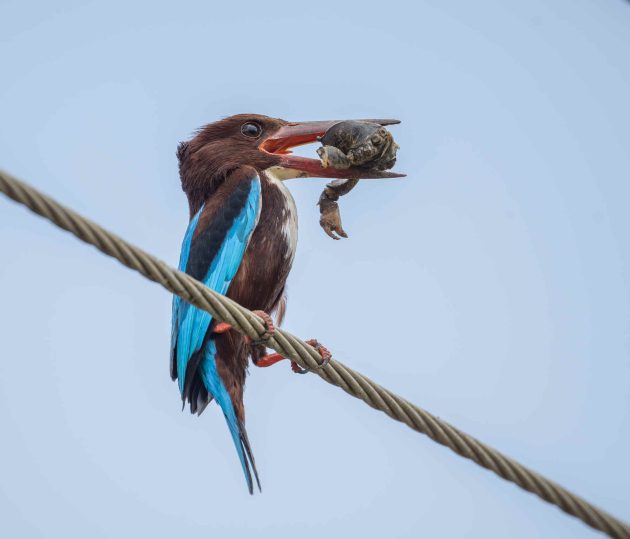
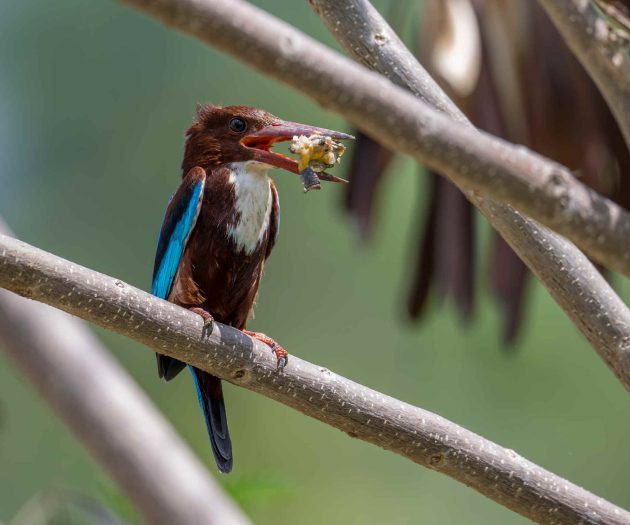
All photos taken in Sri Lanka in March 2025





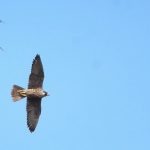
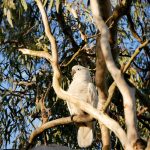

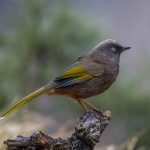

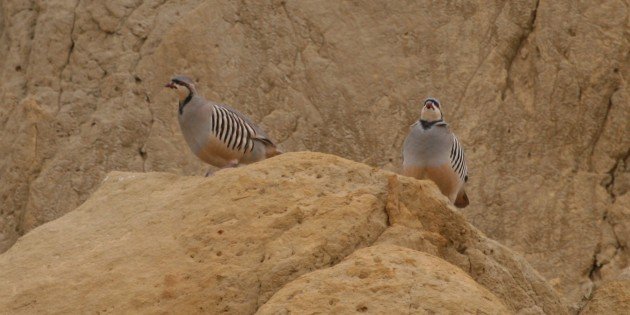
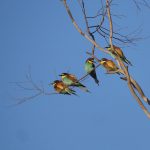
Kai, I don’t know where you find all these dreadful research papers, but they do make me laugh. Great pictures, as we expect.
The bird’s common name makes more sense than the scientific name… and the scientific articles make no sense whatsoever. What is the world coming to?
I initially skipped over the research articles, but when I read David’s and Peter’s comments I had to go back and check. I’ll take all of your words on then.
I love this bird. So common in India and the Andaman Islands where I have seen it many times. The first time I saw it was in the middle of a forest, although I realized later that the river was relatively nearby. To the photos, I am stunned that it can handle a crab of such size.